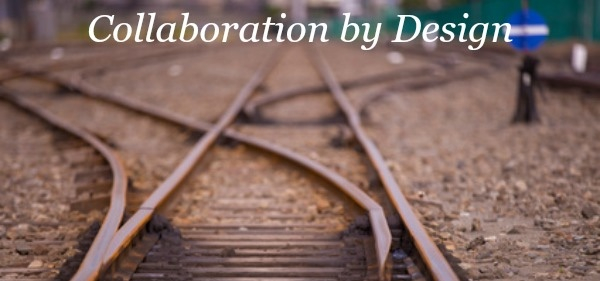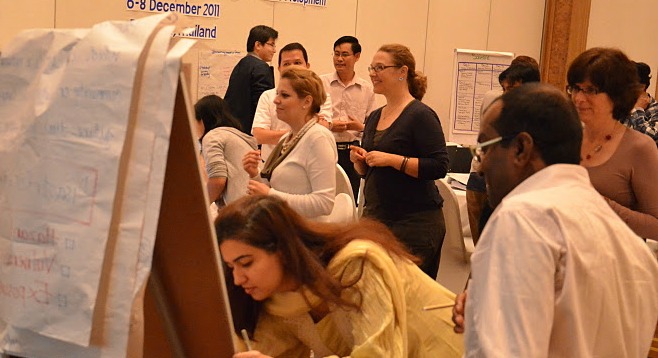
Working with complexity and uncertainty seems to be a feature of everyday life in our organisations and projects. There are undoubtedly great, daunting challenges presented by working within systems that seem to be constantly changing and have many moving parts. Thankfully, there are also useful tools that can help us think through what is going on and strategise about how to best move forware – some of the most valuable are tools from systems thinking.
We have all seen, in our personal and professional lives, examples of vicious cycles where the effect of one action causes a knock-on effect that somehow loops back with a negative effect on the first, making things worse. For example, the Human Resources department is too busy to offer staff training, but the lack of capacity development opportunities makes staff members look for other work to grow. This means the HR department spends all its time hiring, and has even less time to develop a staff training programme. You might describe such things as ‘spiraling’ out of control.
You have also likely seen examples of virtuous cycles where the inverse is true and interaction of a number of interconnected variables makes things better and better, according to what you would like to see happening. For example, you develop a leadership style that encourages people to manage their own projects independently and take credit for their own successes. This empowers team members to act and gives you time for further creative learning around positive leadership (rather than spending your time micromanaging team members) and time to help those who might need additional support to work more independently.
And then there are those times where, despite your best efforts to change a recurring pattern, something in the system is resisting this change. We’ve all wondered at times, “Why does this keep happening?” This question is the sure sign of a system at work!
In the language of systems thinking, it’s all about feedback loops. We need to get better at spotting them and using this understanding to inform our actions. Using diagramming tools, such as Behaviour-over-Time graphs and Causal Loop Diagrams (this is more fun than it might sound) can be highly valuable in helping us think through what is going on and enable us to better understand the cause and effect relationships at play. When we have a clearer picture of our system, we then have a much better chance of finding a ‘leverage point’ and a strategy to change things.
A systems thinking approach can be effective in many situations, from high-level strategic planning, theory of change and organisational development work, to improving the productivity of a team of five. These tools can help you step back and see the bigger picture, making systems more visible, the inter-connections more obvious, and the opportunities for change more apparent. And they work beautifully with groups, to communicate these dynamics, check our assumptions and agree together on pathways forward.
Our Bright Green Learning Academy systems thinking course – “Communicating Complex Challenges Using Tools from Systems Thinking” – explores how to use these tools and approaches in our work, the questions we need to ask when planning or reviewing a project, and how to ‘unblock’ a situation to make progress or generate the change needed.
“The systems thinking course helped me understand the vicious cycle I was experiencing in my business. With this new understanding, I was able to break the vicious cycle and now I have made good progress in the direction I wanted.”
Olympia Mitsopoulou Kolyris, Managing Partner, ATOM WAVE
Why not join us for our upcoming systems thinking course taking place 2 June 2017 in Nyon, Switzerland?
More information and registration.
Read more
The Climate Change Playbook – 22 Systems Thinking Games for More Effective Communication about Climate Change

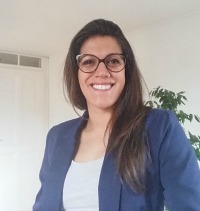 Michelle Cartín, Project Manager – events and congresses. Former Deputy Forum Manager, IUCN World Conservation Congress
Michelle Cartín, Project Manager – events and congresses. Former Deputy Forum Manager, IUCN World Conservation Congress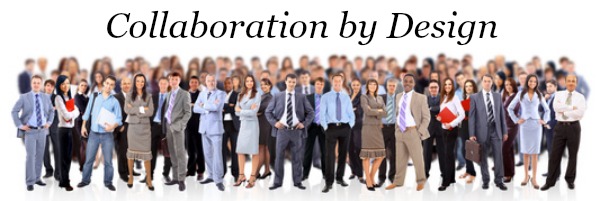
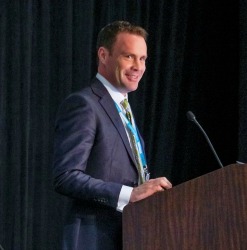 Brian McKenna, Deputy Director, Reproductive Health Supplies Coalition (RHSC)
Brian McKenna, Deputy Director, Reproductive Health Supplies Coalition (RHSC)
 Christian Kranicke, Founder and CEO, Leading Edge Advisors
Christian Kranicke, Founder and CEO, Leading Edge Advisors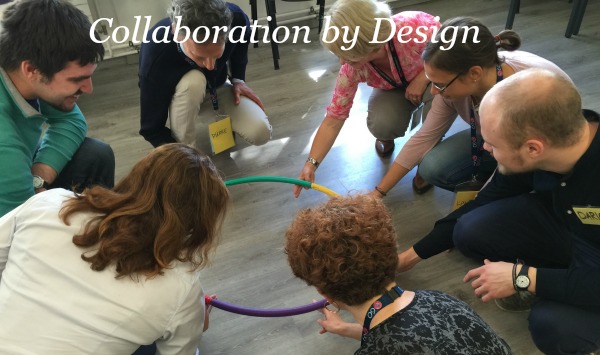
 Project Manager at the World Business Council for Sustainable Development
Project Manager at the World Business Council for Sustainable Development